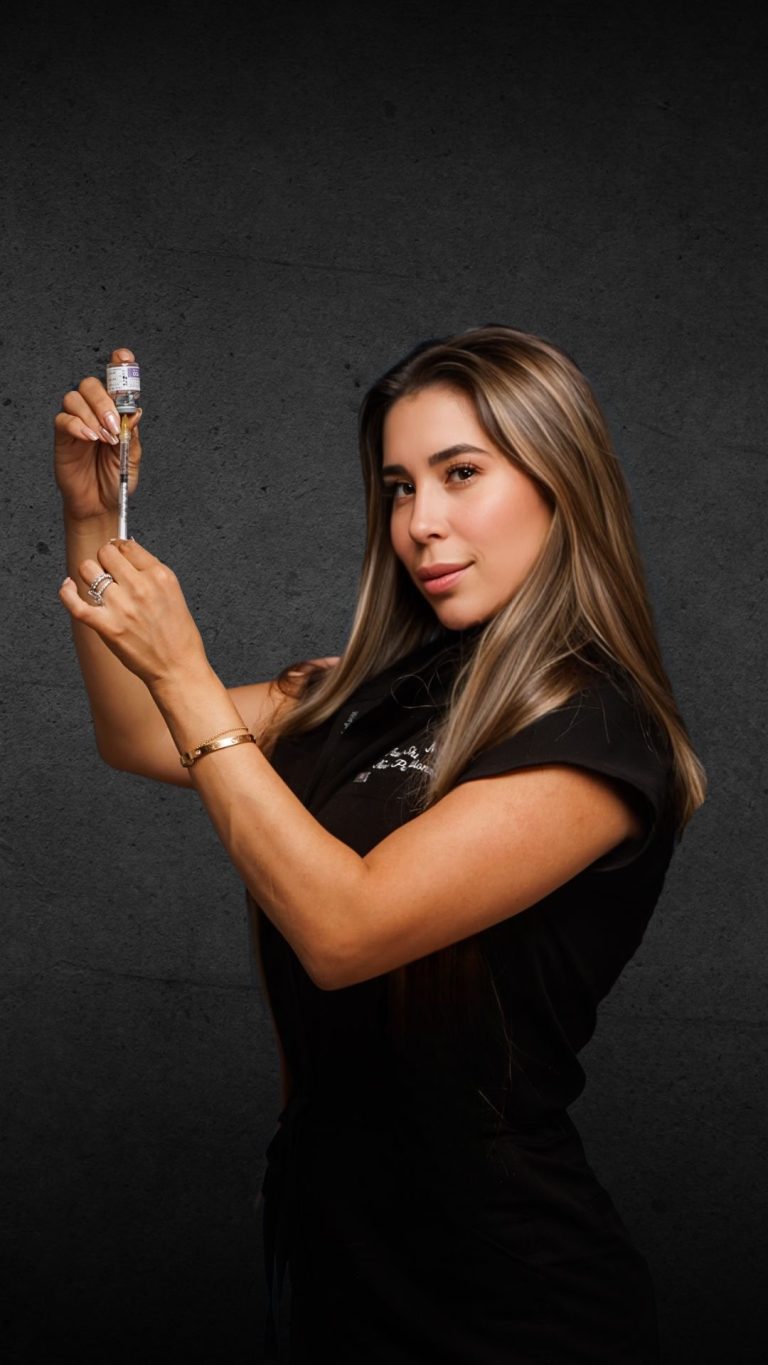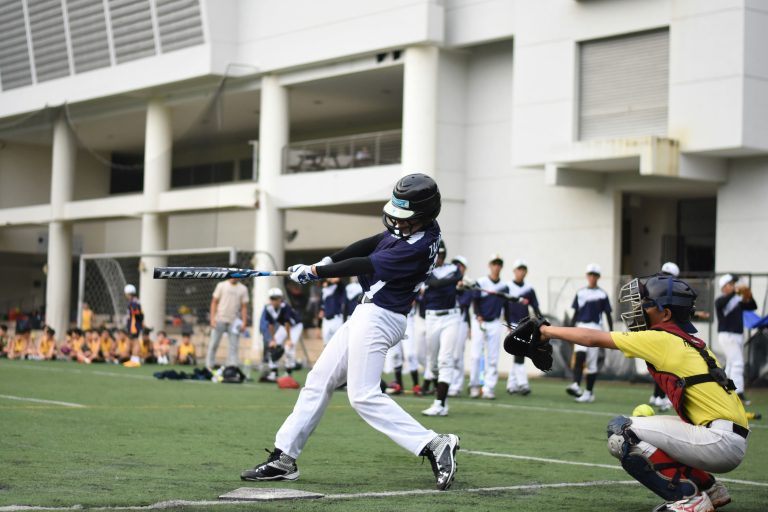
Holsters not only increase security when carrying firearms but also offer extra safety and comfort. These features make it crucial for gun owners to own a holster of some kind.
However, holsters can take many forms. And, whether you’re a beginner or an experienced tactical gear enthusiast, it’s expected that you’ll have to spend some time considering certain factors to determine which holster is the right one for you.
For example, concealed carry holster vs. open carry holster! Which is better?

Today, we answer this question inadvertently by exploring the unique characteristics of different types of concealed carry holsters.
Concealed Carry Holsters vs. Open Carry Holsters
Just to make it clear for beginners who might have stumbled upon this article, the main difference between a concealed carry gun holster and an open carry holster is literally just how good a holster is at concealment. However, that doesn’t mean that the differences stop there.
When it comes to the required criteria for classifying concealed carry holsters, for example, there are many considerations to be made.

What are the Main Characteristics of a Good Quality Concealed Carry Gun Holster?
Say that you have a gun holster in hand. Directly looking at it, what are the most important things that you should take into account?
There are plenty of factors, of course. Things like material, durability, style, etc. are all things that should be kept in mind. But, in the end, the most important characteristic to consider is the gun holster’s reliability and the security that it can provide:
Three Basic Rules for Gun Holster Safety
There are three basic rules that you need to keep in mind when you’re planning on buying holsters. These three basic rules can be summarized in the following questions:
- How’s the gun holster’s coverage?
- How well does the holster retain your firearm?
- Are you able to consistently draw your firearm safely?
For experts that are more familiar with holsters, these questions should only be a matter of course. However, it’s best to review why each question matters regardless, which is what we’ll be doing in the next section of this article.
Gun Holster Coverage! | Is the trigger covered?

When talking about gun coverage, the main concern is preventing negligent discharges.
This is not too complicated a matter to test out for yourself. Just place the pistol in the holster and give your trigger guard a good look. Are parts of the trigger guard not covered? If so, then it’s best to put that holster aside.
Even just a little bit of non-coverage can cause accidents when you’re drawing your weapon. Actually, even beyond that, just wearing a holster with poor trigger guard coverage can cause it to fire even without input for you — simply by brushing against something or moving a certain way.
That is why, beyond a doubt, when considering a gun holster, especially concealed carry holsters that are generally more complicated to draw, coverage is one of the first things that you should consider!
Gun Holster Retention! | How secure is the handgun in the holster?

The next rule we mentioned had to do with retention (which, for beginners, is the ability of a holster to keep a gun from falling out!). The main question to ask here is how good a holster is at keeping your gun secure.
Why is it important that your holster has good retention? Well, it’s a matter of easy access and safety. If your holster is unreliable to the point that your pistols fall from it consistently, then that’s just asking for trouble!
Poor retention could also make it easier for opponents or people with bad intentions to draw your weapon and use it against you. When you’re looking at a concealed carry holster, this particular issue may not be as important, but it’s something to keep in mind regardless.
Of course, too much retention in holsters can also be a bad thing. As it can keep you from using your pistols altogether. So, it’s important that you pick a holster with just the right amount of retention to protect your gun when worn but also keep it usable when trouble comes.
Gun Holster Access! | How difficult is it to draw your firearm?

Concealed carry holster types are usually lacking when it comes to easy access. This is just a common consequence of concealment. However, keeping your guns close to your body doesn’t mean that you can’t control the accessibility of your firearm.
It may not be to the extent of open carry types but, by choosing the right holster, you can rest assured that you can have access to your guns when you need it.
The increase in safety from such mechanisms is obvious, so we won’t go into too much detail. But, when choosing holsters for your pistol, this should definitely be considered!
What Are The Main Concealed Carry Holster Types?
Although there are many different types of holsters out there — and most can be turned into a concealed carry holster with the right coat, jacket, etc. the more popular types are the following:
- Inside the waistband (IWB) holster
- Belly holster
- Shoulder holsters
- Pocket holsters
- Ankle holsters
These are the types of holsters that work best with concealed carry. However, there’s also the OWB holster (outside of the waistband holster) that can be turned into a concealed carry holster with the right wardrobe adjustment.
IWB Holster vs. OWB Holster
IWB and OWB holsters are one of the most popular gun holster types. After all, the positioning (the strong side of the hip) ensures that a quick and easy draw is possible — all while maintaining a high level of safety.
If you’re worried about concealment, the better option would, of course, be the IWB holster (wherein the handgun is kept inside of the pants). However, it is perfectly possible to use an OWB holster (which comes either in belt or paddle form) for concealed carry with the help of a coat or jacket.
Belly Holster
Belly holsters are a great option for pistol concealment for those who want to carry their handguns during the day but do not want to wear the type of wardrobe required for other types of holsters.
The position of the holster makes this possible, allowing the user to wear their typical, casual clothing without worry.
The only issue is that these types of holsters tend to be uncomfortable to wear in the long term and the close contact with the body and sweat can eat up its durability quickly. Which is why you need to consider the material used.
If you want to see an example of a belly holster with great quality, you can check out the Point Blank Life Belly Holster, which ticks all of the right boxes.
Shoulder Holsters
The advantages of using a shoulder holster are the increased accessibility and concealment features. Unlike a belly holster, concealment with this type of holster will require a certain wardrobe change, but it should still be possible with a carefully chosen jacket or coat.
Pocket Holsters
Pocket holsters are an especially good option for users looking to carry small firearms discretely for self-protection. It’s also a lot more comfortable and convenient to use than other types of holsters, you just need to be careful when picking one that will successfully cover up the imprint of your firearm when inside of your front pocket.
Ankle Holsters
If you’re aiming for maximum concealment, then ankle holsters are a good choice. Drawing your gun with this type of holster may be a little bit more complicated, and there’s a certain level of discomfort when it’s used in the beginning, but a lot of gun owners prefer this type of holster for concealing backup weapons.
Final Thoughts: Concealed Carry Gun Holsters

If you’re interested in carrying a weapon on a regular basis, then a holster is definitely required.
If you’re still at odds with what kind of holster to buy, then the best thing to do is to find a good source of tactical gear. For that, we recommend Point Blank Life, which is an online tactical gear shop that sells multiple types of holsters that you can use on a day-to-day basis.





